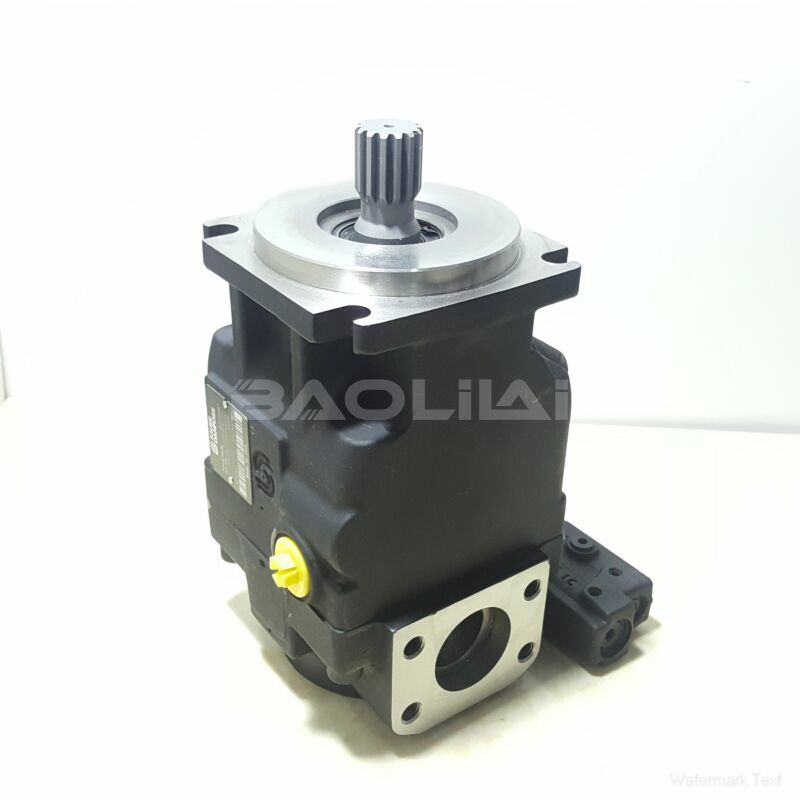JRRS45BLS2120NNN3S1AEA2NNNNJJJNNN hydraulic pump
JRRS45BLS2120NNN3S1AEA2NNNNJJJNNN hydraulic pump

- Product Details
- Applicable Scene
Hydraulic pumps are essential components in fluid power systems, particularly in large-scale industrial applications where efficiency, reliability, and performance are paramount. These pumps convert mechanical energy into hydraulic energy, enabling the movement and control of fluid in various industrial processes. This article will explore the types of hydraulic pumps, their applications, advantages, and considerations for use in large-scale settings.
JR-R-S45B-LS-21-20-NN-N-3-S1AE-A2N-NNN-JJJ-NNN
JRRS45BLS2120NNN3S1AEA2NNNNJJJNNN
Hydraulic pumps can be broadly classified into two main categories: positive displacement pumps and dynamic pumps. Positive displacement pumps, including gear pumps, vane pumps, and piston pumps, are characterized by their ability to deliver a constant flow rate regardless of the discharge pressure. This feature makes them ideal for many industrial applications where precise control of hydraulic fluid is necessary. On the other hand, dynamic pumps, such as centrifugal pumps, utilize the kinetic energy of fluid to create flow, making them suitable for applications requiring high flow rates but lower pressure.

83026749
In large-scale industrial applications, hydraulic pumps are used in various systems, such as hydraulic presses, excavation machinery, material handling equipment, and manufacturing processes. For instance, hydraulic presses rely on the consistent and controllable force generated by hydraulic pumps to perform operations like molding, forging, and metal forming. In construction, hydraulic pumps power equipment like excavators and loaders, enabling efficient material movement and site operations.
One of the primary advantages of hydraulic pumps in these applications is their ability to provide high levels of force and torque relative to their size. This capacity makes them well-suited for tasks that require significant lifting and pressing capabilities. Furthermore, hydraulic systems can easily be scaled to accommodate larger operations or adapted to meet changing production needs.





